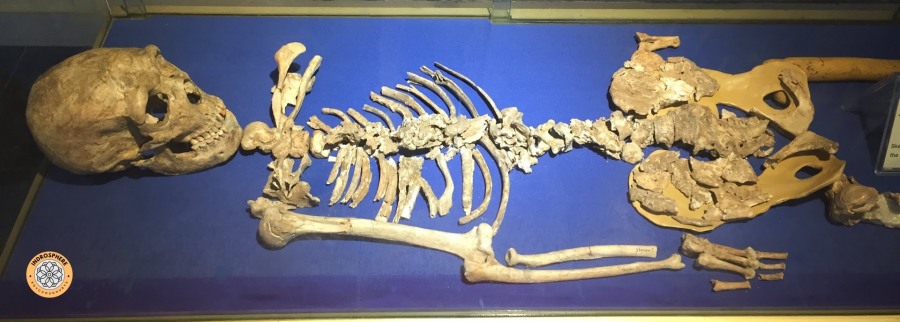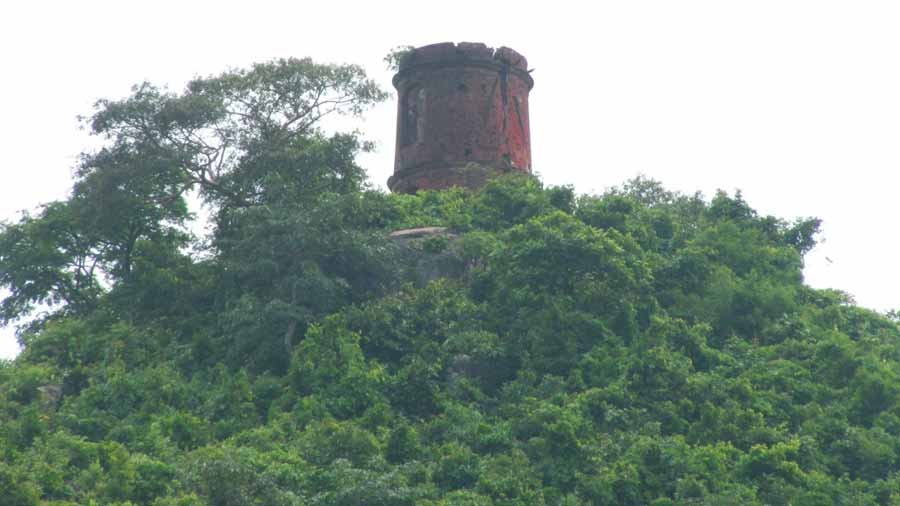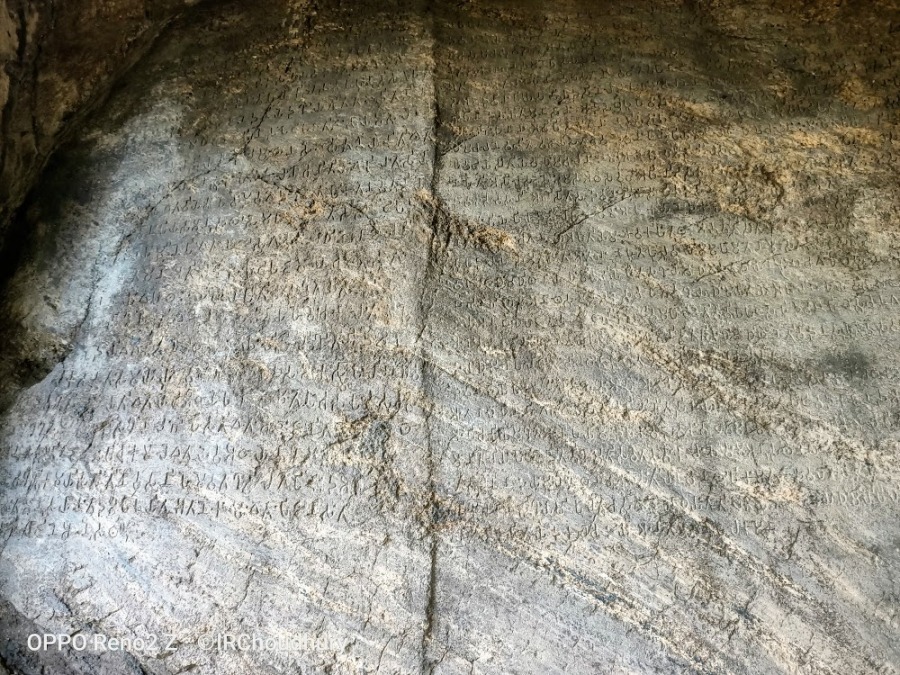Nalanda University, nestled in Bihar, India, was a pinnacle of ancient Indian education. Founded in the 5th century, it attracted scholars from across Asia and housed a vast library. Despite destruction, its legacy endures, with efforts to revive its spirit culminating in the establishment of a modern university near its ruins.










